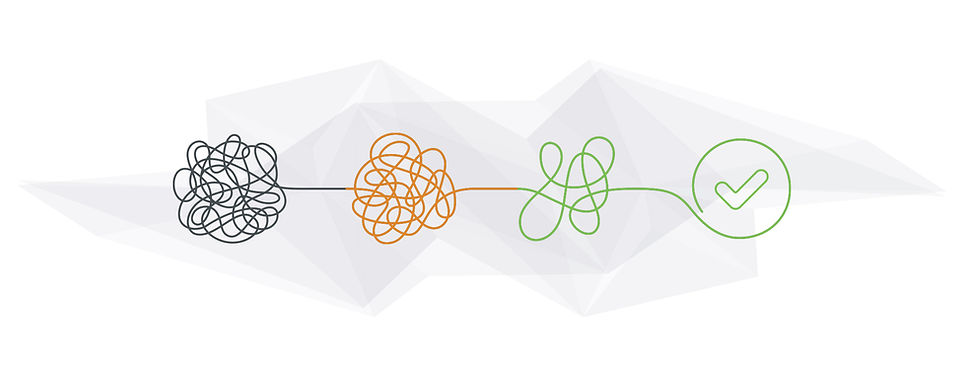
CLINICAL INTERVENTION
1
HOW IT WORKS
A
The first 4 SESSIONS :
EVALUATION OF THE SITUATION
WITH CHILDREN
1. First Session :
With both parents only.
-
Get acquainted.
-
Motives of consultation.
-
Confidentiality issues.
-
Developmental history (anamnesis) of the child (family, social, academic histories).
-
Identification of possible stressors in the child’s life.
2. Second to fourth session:
One-on-one sessions with the child only; evaluation of the psychological profile of the child; tests and/or questionnaires may be used:
-
Confidentiality issues.
-
Behavioral questionnaires (optional).
-
Cognitive or projective tests (optional).
WITH ADOLESCENTS (14 years +):
Similar procedures as those described above; however, the presence of parents at the first session is determined on an individual basis.
WITH ADULTS (18 years +):
Individual consultations. Depending on the issues, projective tests and/or questionnaires may be suggested.
B
FROM THE FIFTH SESSION AND ONWARDS :
THE CLINICAL INTERVENTION PER SE, as defined by the evaluation performed.
Whether with children, adolescents or adults, the following approaches – independently or conjointly – may be used:
1. Clinical intervention uses mainly therapeutic conversation, whether through face-to-face contacts or play sessions.
2. My therapeutic approaches:
PSYCHODYNAMIC THERAPY
Therapeutic approach taking into account the conscious and unconscious psyche. Work is done in relation with one’s personality and psyche, taking into account unconscious impulses, and the interpretation of the psyche’s functioning and manifestations. The principles of transfer/counter-transfer between client and therapist play an important role in the understanding of the psyche’s functioning and the manifestations of unconscious impulses.
PLAY THERAPY
Use of toy figures (playmobile, legos) to recreate play-based situations, together with the use of sand play, drawing and crafts, modelling clay, all of which facilitate the verbal expression of emotions and difficult life events.
COGNITIVE-BEHAVIORAL THERAPY based on ACT – acceptante and commitment therapy
uses acceptance and mindfulness strategies mixed with commitment and cognitive-behavior strategies (e.g., regulation of distorted thoughts and emotions), to increase psychological flexibility. ACT aims at altering the functions of our private experiences (thoughts, feelings, memories, physiological reactions), so they no longer entangle us, and we become free from the patterns that prevent us from living a meaningful and enjoyable life.
3. Throughout all sessions, independently of the therapeutic approach chosen: empathic and non-judgmental listening; reflections regarding one’s emotional functioning according to one’s pace of acceptance.
2
DURATION OF THE CLINICAL INTERVENTION
A
Usually, the client and the psychologist mutually agree that the therapeutic objectives have been met. However, the client is free to put an end to the therapeutic procedure at any time, and without any financial penalties. It is however desirable to advise the psychologist at least one session in advance so that proper termination of the clinical intervention may be conducted.
B
If the psychologist feels the problem is evolving outside of her area of competence, the client will be referred to appropriate resources.
3
SHEDULE OF SESSIONS
A
The first 4 meetings (psychological evaluation) are usually performed within a close time frame, ideally once a week (or once every other week).
B
The following sessions (clinical intervention) may be more spaced out in time, and can be interrupted temporally, to permit the practice of some newly acquired abilities and strategies.
4
HONORARY FEES
Honorary fees are paid at the end of each session. A receipt will be issued for insurance purposes.